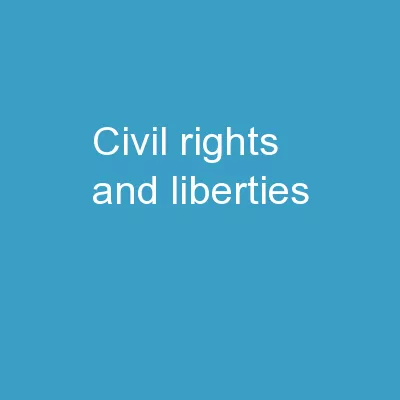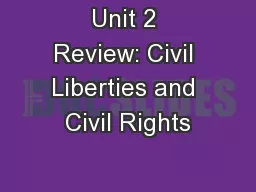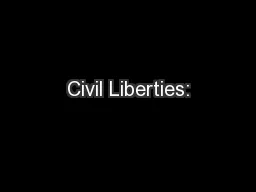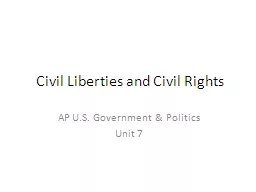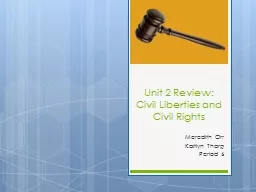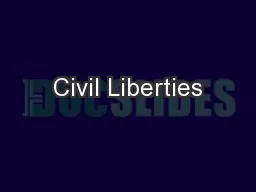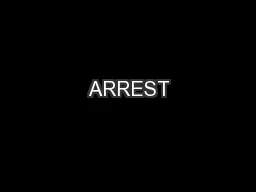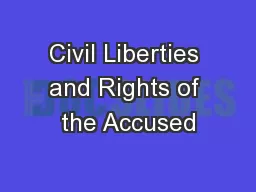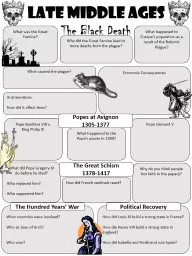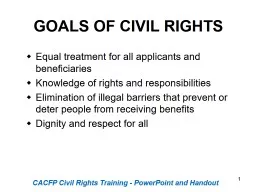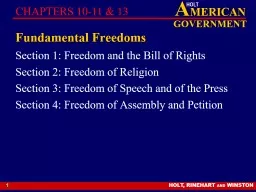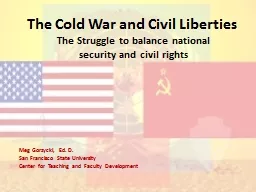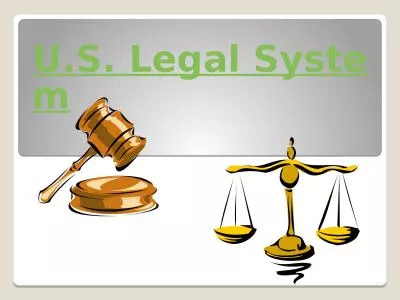PPT-Civil Rights and Liberties
Author : stefany-barnette | Published Date : 2019-01-22
By Taylor Gracie Elise Stafford Morgan Tyler Intro Civil Liberties Stated in the Bill of Rights Not really as easy as written down Complexity involved Freedom of
Presentation Embed Code
Download Presentation
Download Presentation The PPT/PDF document "Civil Rights and Liberties" is the property of its rightful owner. Permission is granted to download and print the materials on this website for personal, non-commercial use only, and to display it on your personal computer provided you do not modify the materials and that you retain all copyright notices contained in the materials. By downloading content from our website, you accept the terms of this agreement.
Civil Rights and Liberties: Transcript
Download Rules Of Document
"Civil Rights and Liberties"The content belongs to its owner. You may download and print it for personal use, without modification, and keep all copyright notices. By downloading, you agree to these terms.
Related Documents

